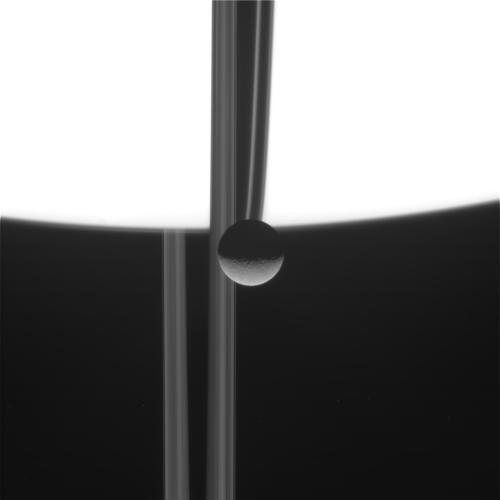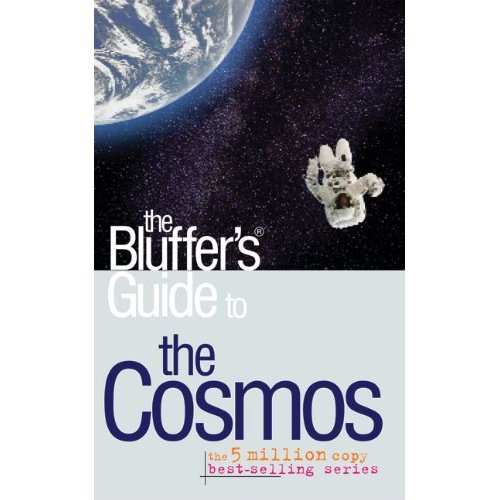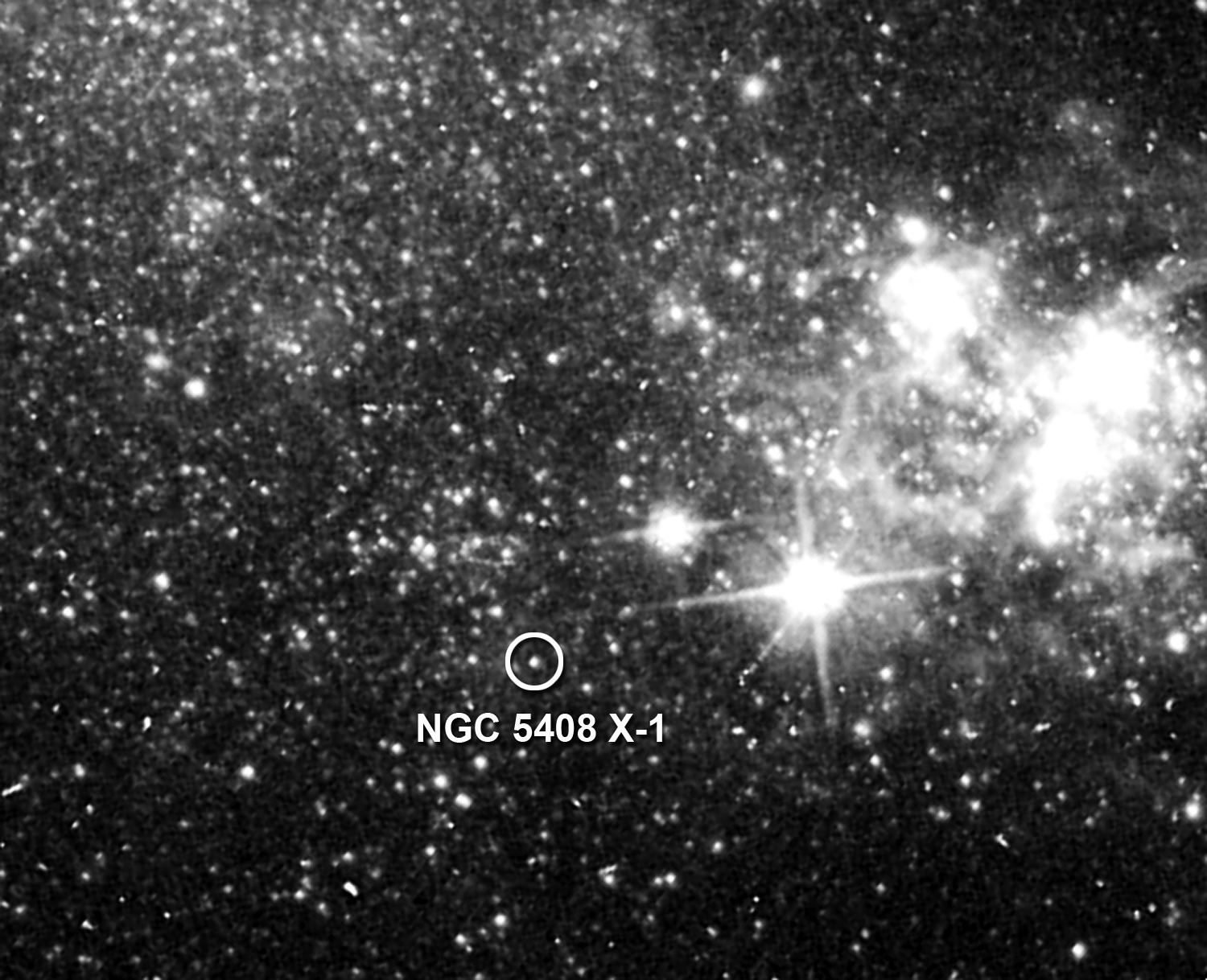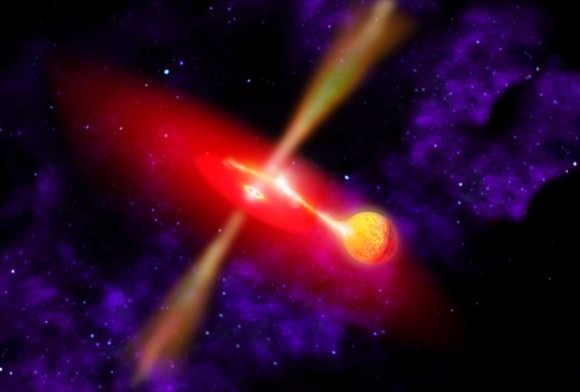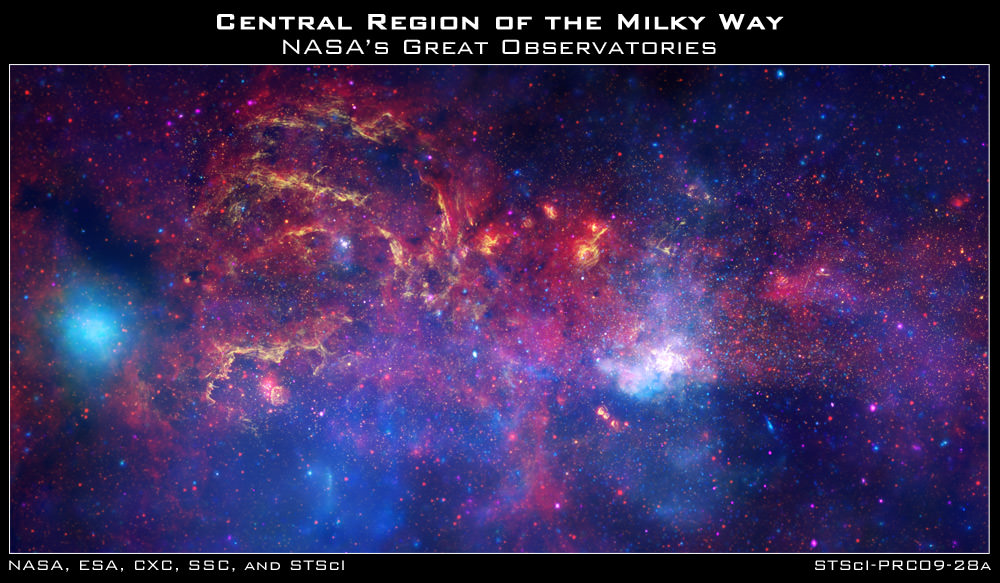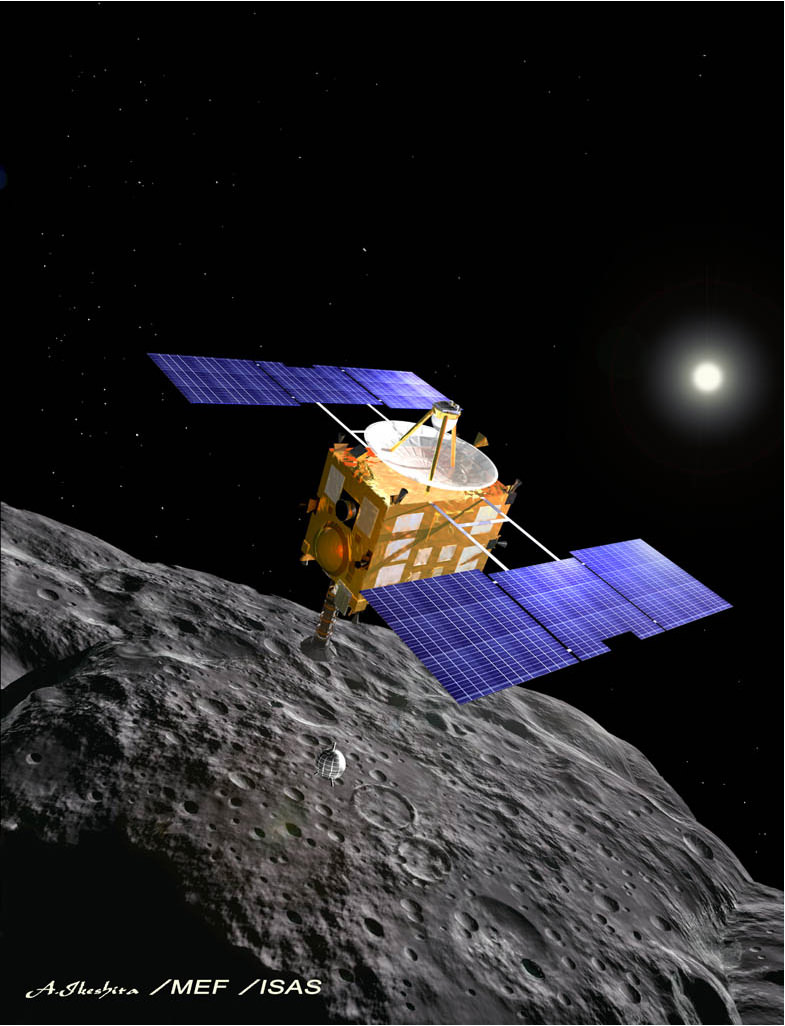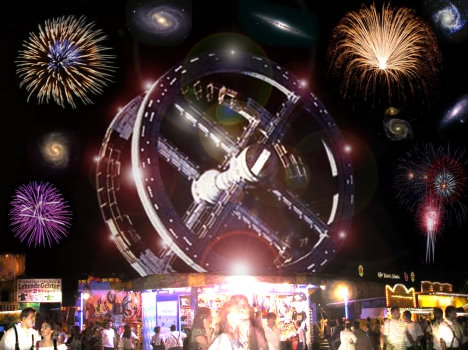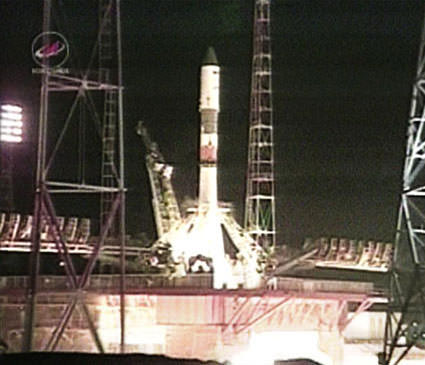[/caption]
The Horsehead nebula is a dark nebula that looks like a horse’s head! It is part of the Orion Molecular Cloud complex, and has the more correct, if boring, name Barnard 33 (being object number 33 in a catalog of dark nebulae, by Barnard).
It is about 1500 light-years away, and is itself dark because of the dust of which it’s made (it’s also made up of gas, in fact it’s mostly gas, but the gas is essentially transparent). What makes it so obvious is the diffuse glow from behind it; the glow is red – due to the Balmer Hα line, a prominent atomic transition in hydrogen – and is powered by the UV light from the nearby star, Sigma Orionis (which is actually a five-star system), which ionizes the hydrogen gas in this part of the Orion Complex.
The first record of its shape is from 1888, by Williamina Fleming, who noticed it on a photographic plate taken at the Harvard College Observatory (Fleming made significant contributions to astronomy, including cataloguing many of the stars in the famous Henry Draper Catalogue). The Horsehead nebula is a favorite of amateur astronomers, especially astrophotographers (it’s quite difficult to spot visually).
The Horsehead nebula is similar to the Pillars of Creation (in M16), though perhaps not as dense; one day it too will be eroded by the intense UV from the young stars in its vicinity, and from new-born stars formed within it (the bright area at the top left is light from just such a star).
In 2001, the Hubble Space Telescope Institute asked the public to vote for an astronomical target for the Hubble Space Telescope to observe, a sort of Universe Idol contest … the Horsehead nebula was the clear winner! Hands up all of you who have, or have had, the Hubble’s image of the Horsehead as your wallpaper, or perhaps the VLT one …
Universe Today has, among its stories, some good background on the Horsehead; for example Dark Knight Ahead – B33 by Gordon Haynes, Astrophoto: The Horsehead Nebula by Filippo Ciferri, and What’s Up This Week – Jan 3 – Jan 9, 2005.
The Astronomy Cast episode Nebulae explains the role of dark nebulae, such as the Horsehead, in starbirth; well worth a listen.


